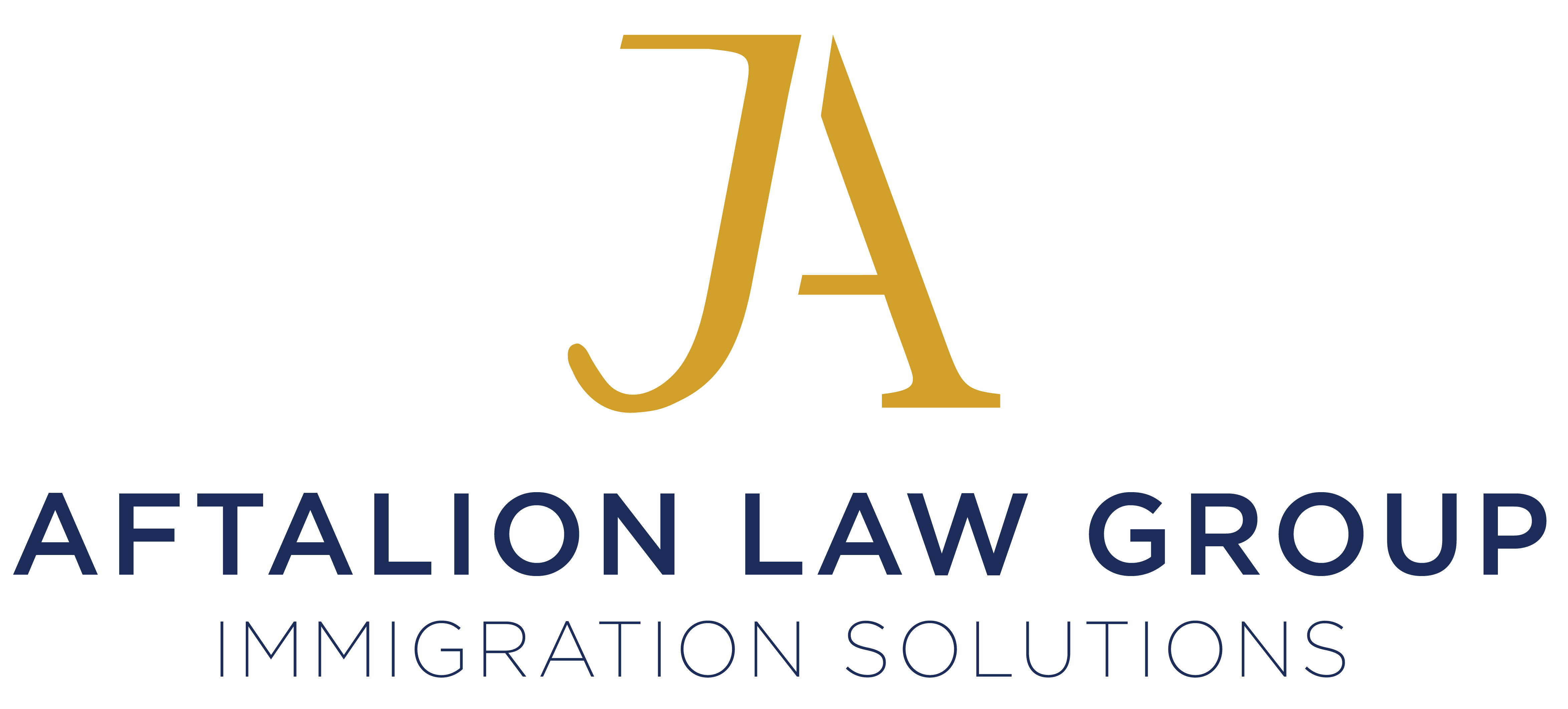
With the 2024 election behind us and Donald Trump back in office, immigration policy in 2025 is undergoing rapid transformation once again. From border enforcement to asylum access and DACA protections, Trump’s early executive actions are reshaping the legal landscape for immigrants in the U.S. This article breaks down what we know, what’s likely coming next, and what it all means for you or your loved ones.
Trump’s 2025 immigration executive orders focus on accelerating deportations, limiting asylum eligibility, restarting the Remain in Mexico program, and pausing new work-based visa processing. These actions are already impacting green card applicants, asylum seekers, and undocumented immigrants nationwide.
What Executive Orders Have Been Signed So Far?
As of May 2025, several key executive actions have already been signed, including:
- Restoration of the Remain in Mexico Policy (MPP)
- Requires asylum seekers at the southern border to wait in Mexico while their claims are processed.
- Expanded Expedited Removal Authority
- Allows ICE to deport undocumented immigrants who have been in the U.S. for less than 2 years without a hearing.
- Work Visa Freeze for Certain Sectors
- Suspends H-1B and H-2B visa approvals for 180 days while new employment verification systems are tested.
- Funding Shift Toward Border Wall Construction
- Redirects Homeland Security funds to resume physical border wall construction in key Texas and Arizona corridors.
- Asylum Bar for Criminal Offenses
- Bars certain asylum seekers with low-level criminal offenses from applying, including some non-violent charges.
What Executive Orders Are Likely Next?
Immigration analysts and attorneys anticipate additional executive orders in the coming months:
- End to DACA Protections: Trump is expected to issue an order dismantling the Deferred Action for Childhood Arrivals (DACA), which will revive legal challenges and protests.
- Increased Use of Public Charge Rules: A revised executive order may expand the definition of public charge, affecting green card applicants who have used public benefits.
- Increased ICE Raids & Interior Enforcement: Policy memos may reinstate workplace raids and increase detainer requests to local law enforcement.
- Limiting Parole and Humanitarian Programs: Orders may restrict the use of parole for Afghan, Ukrainian, and Venezuelan nationals.
Who’s Most Affected?
The groups most at risk under these executive orders include:
- Recent border crossers and asylum seekers
- DACA recipients and DREAMers
- Immigrants in mixed-status families
- Employers hiring workers on H-1B, H-2B, and J-1 visas
- Individuals with pending green card or adjustment of status applications
What Should Immigrants Do Now?
- Consult an Immigration Attorney: Before traveling, renewing DACA, or applying for benefits, consult a licensed immigration attorney.
- Monitor USCIS and DHS updates, as policies can change frequently. Follow verified sources.
- Keep Documents Updated: Maintain valid ID, proof of residence, and immigration history in case of enforcement.
- Know Your Rights: Understand how to respond to ICE visits, detainers, and questions about reentering the border.
FAQ
Yes. Executive orders carry the force of law for federal agencies, unless they are blocked by courts or reversed by legislation.
Not directly. But Congress can pass laws that conflict with the orders or restrict funding to enforce them.
It’s likely, but any attempt to end DACA will face immediate legal challenges. Courts may issue a stay; however, recipients are advised to consult with counsel.
Yes, but delays are possible due to visa suspensions, expanded background checks, or office closures.
Take the Next Step Toward Clarity and Protection
In a time of shifting immigration policy, your strategy must be proactive, not reactive. If Trump’s 2025 executive orders could impact your status, your work, or your family, now is the time to act.
Let’s navigate these changes together with expert legal guidance, strategic planning, and a clear path forward.

